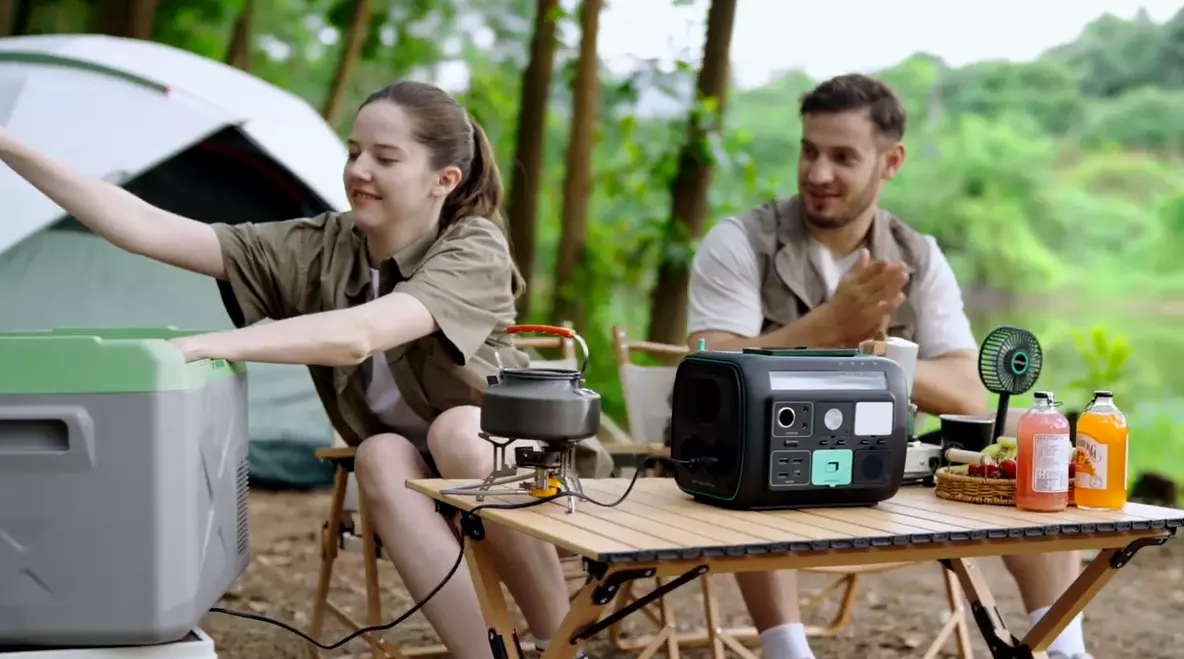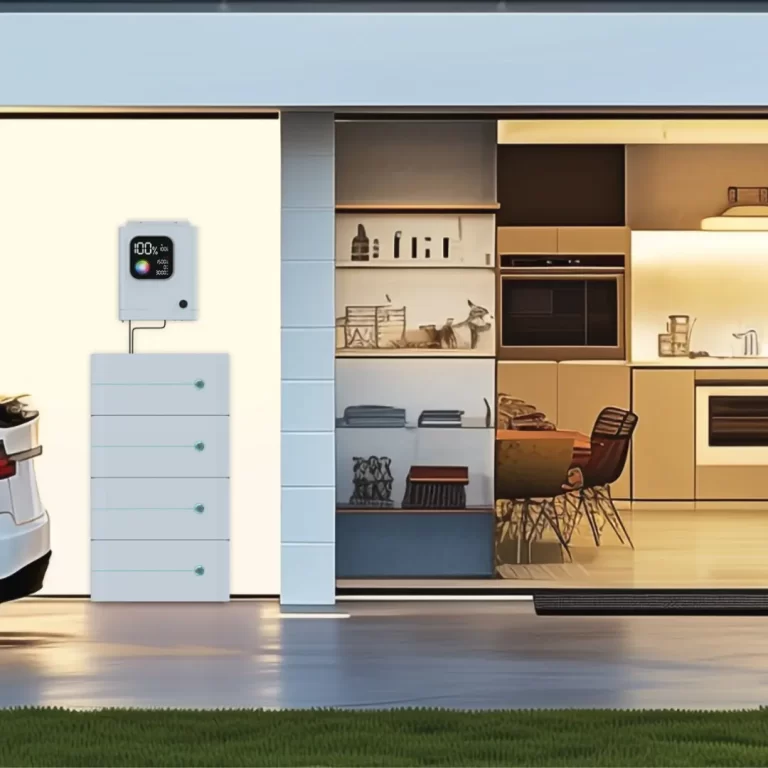Camping in the great outdoors is a wonderful way to disconnect from the hustle and bustle of everyday life and immerse oneself in nature. However, in today’s digital age, it’s common to rely on various electronic devices even when camping, such as smartphones, GPS devices, portable speakers, and cameras. To power these gadgets and ensure a comfortable camping experience, it’s crucial to have an appropriate outdoor power supply.
1. Assessing Your Power Requirements
Before choosing an outdoor power supply, it’s important to assess your power requirements. Make a list of the electronic devices you plan to use during your camping trip and note their power consumption. Most devices provide information about their power requirements either on the device itself or in the user manual. Look for the wattage or amperage ratings to determine the amount of power each device consumes.
Add up the power requirements of all the devices you plan to use simultaneously. This will give you an estimate of the total power load you need to supply. It’s wise to add a small buffer to account for any unexpected power spikes or additional devices you might use in the future.
2. Types of Outdoor Power Supplies
There are several types of outdoor power supplies available for camping:
Portable Power Banks:
These compact devices are ideal for charging smartphones, tablets, and other small electronic devices. They come in various capacities, measured in milliampere-hours (mAh), and can be recharged before or during your camping trip. However, power banks have limited capacity and might not be suitable for powering larger devices or for extended periods.
Solar Power Chargers:
These devices harness the power of the sun to generate electricity. They consist of solar panels that convert sunlight into usable energy. Solar chargers are eco-friendly and can be a great option for charging small devices during the day. However, they rely on sunlight availability and may not provide sufficient power on cloudy days or during nighttime.
Portable Generators:
If you require a significant amount of power or need to run larger devices like refrigerators, air conditioners, or camping stoves, a portable generator is a viable option. These generators run on gasoline, propane, or battery power and provide a more substantial power supply. However, they tend to be bulkier, noisier, and require fuel or battery recharging.
3. Calculating Battery Capacity and Power Supply Size
To determine the appropriate battery capacity or power supply size for your camping needs, consider the following factors:
Daily Power Consumption:
Estimate the average daily power consumption by multiplying the total power load of your devices by the number of hours you plan to use them each day. For example, if your devices consume a total of 50 watts and you plan to use them for 5 hours, the daily power consumption would be 50 watts multiplied by 5 hours, equaling 250 watt-hours (Wh).
Number of Days:
Determine the number of days you will be camping. Multiply the daily power consumption by the number of days to calculate the total power required for your trip. Using the previous example, if you plan to camp for three days, the total power requirement would be 250 Wh multiplied by 3 days, equaling 750 Wh.
Battery Efficiency:
Batteries are not 100% efficient; some energy is lost during the charging and discharging process. To account for this, multiply the total power requirement by a factor of 1.2 to 1.5, depending on the type and quality of the battery you plan to use. Continuing the example, if you multiply the total power requirement of 750 Wh by a factor of 1.2, you would get 900 Wh.
Choosing the Power Supply:
Once you have determined the required battery capacity, choose an outdoor power supply that meets or exceeds this capacity. Opt for a power supply that suits your needs, considering factors such as weight, size, portability, and recharging options. Be mindful of the power supply’s output compatibility with your devices and the availability of charging options, such as solar panels or wall outlets.
Final Thoughts
Selecting the right outdoor power supply is essential for a comfortable and convenient camping experience. By assessing your power requirements, understanding the different types of outdoor power supplies available, and calculating the necessary battery capacity, you can make an informed decision. Whether it’s a portable power bank, solar charger, or portable generator, there are options to suit a range of camping needs. Remember to consider factors such as power consumption, the duration of your camping trip, and the availability of recharging options. With the right power supply, you can enjoy the best of both worlds—unplugging from the modern world while staying connected to your essential electronic devices during your camping adventures.




